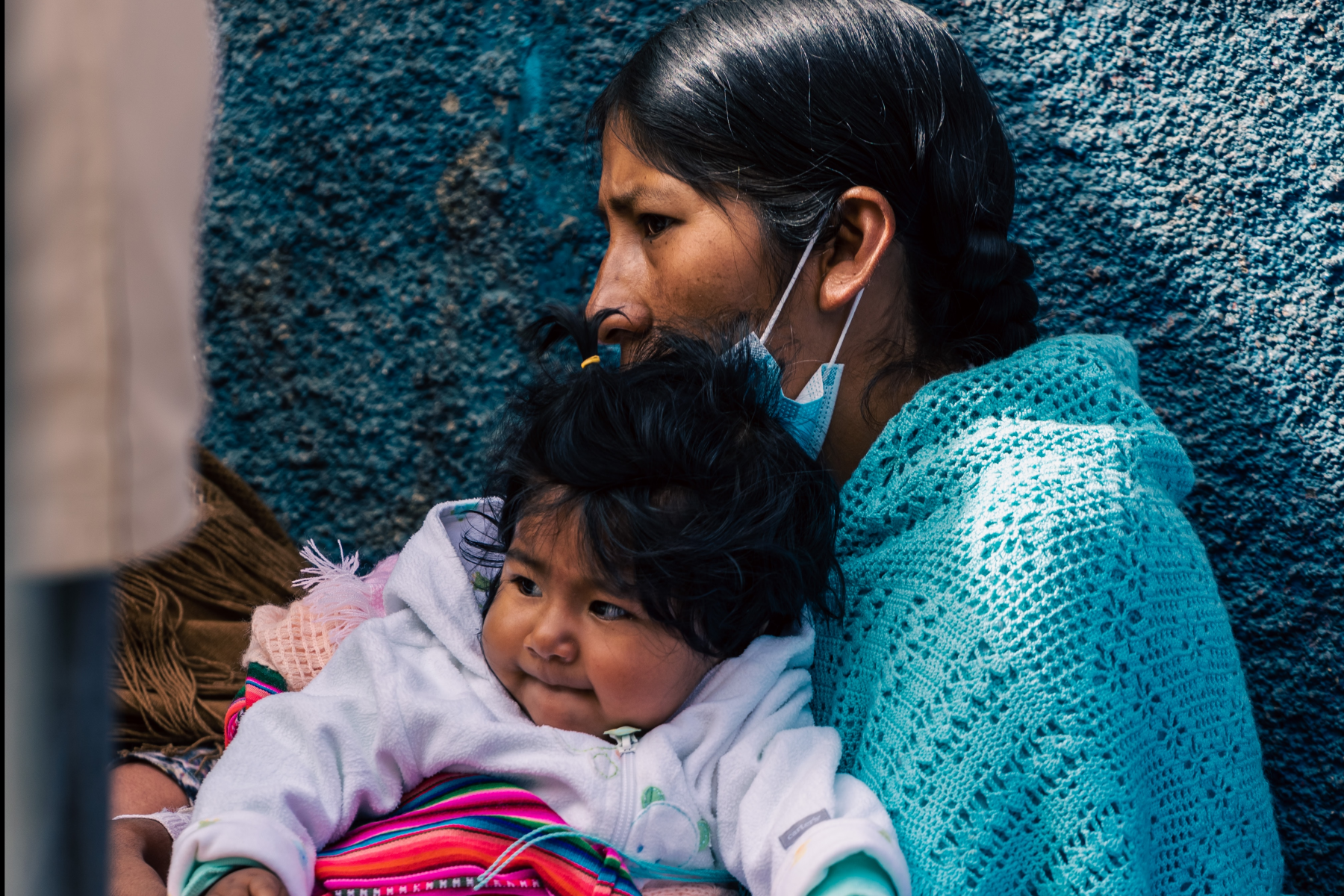As in many other places, Latin American governments responded to the Covid-19 pandemic through cash transfers. However, sectors close to the poverty line are much more vulnerable to shock events. Goverments must learn to develop more dynamic responses along with long-term solutions.
In the 2000s, the economic boom in natural resources boosted economic growth across Latin America. The boom was accompanied by the diffusion of social programs, particularly Conditional Cash Transfers (CCTs). As a consequence, most countries in the region experienced a strong reduction in poverty, particularly in extreme poverty, between 2005 and 2013. This reduction slowed down after 2013, when economic growth also started to decline. This was the case for Bolivia, Colombia, Ecuador, and Peru, four of the Andean countries that had greatly reduced their poverty index before 2013.
Social programs greatly expanded in this period, including non-contributory transfers, a new and welcomed change from a social policy mainly destined to cover formal workers. Based on a review of the literature that seeks to understand this expansion, Arza et al. (2022) argue that it was possible because
- democracy allowed civil society organizations and left-wing parties to advocate for social policy expansion,
- electoral competition led political elites to promise and deliver expansions of social policy, and,
- the economic boom provided the resources to implement these policies.
Although poverty decreased and social protection was extended to “outsiders”, the segmented nature of the Bismarckian model did not change, as the benefits for informal workers were much lower compared to the benefits received by formal workers. In 2019, the social programs did not cover a large percentage of households below the poverty and extreme poverty lines, except in Bolivia where coverage was high.
In most of the cases the transfers were insufficient. In Colombia, Bolivia, and Peru, transfers only represented 13, 8, and 12 % of the household income. Furthermore, over 35% of the population in Latin America was still considered vulnerable in 2019 and job informality remained high, with the percentage of informal employment in Peru Bolivia, Colombia, and Ecuador being 60% or higher in 2018. In addition, no special programs were in place to provide protection to vulnerable populations in case of shocks. Therefore, a large percentage of the population in these countries could easily fall under the poverty line with a sudden shock.

Figure 1: Poverty headcount ratio at $6.85 a day (2017 PPP) (%) in Bolivia, Ecuador, Colombia, Peru. Source: World Bank.
When the Covid-19 pandemic hit and stay-at-home orders were the standard response to prevent the virus from spreading through social contact, these countries had to come up with a way to reach three groups: those who were covered by the existing social security schemes, those included in non-contributory schemes and government assistance programs, and those who were not covered by the previous two.
A particularly vulnerable sector among the last group were the urban informal workers above the poverty line or without school-age children, which were not covered by existing transfers to the poor, formal unemployment benefits, or the payroll subsidies and prohibitions of lay-offs implemented by several countries during the pandemic. The precarity of their situation made them sensitive to even the smallest fluctuation in their incomes.
Since most countries lacked temporary income support schemes, they had to implement interventions from scratch or enlarge the coverage of the existing ones without a clear roadmap to do so. Due to this lack of preparation, countries came up with diverse measures, from cash transfers to vulnerable families to the state covering households’ utility bills in part or as a whole. This was also the case for the countries in the Andes.
In Peru, the monetary transfers increased by 33 percentual points from 2019, and in Bolivia, 27 points. Although facing important limitations due to a lack of information, and limited financial inclusion in Peru, these two countries made an important effort to identify populations in need through their existing programs and administrative data but also by allowing citizens in need to apply for assistance.
In turn, coverage only grew 14 percentage points in Ecuador and 2 points in Colombia. These two countries also made efforts to reach population beyond the existing programs: Colombia, for example, created ‘Ingreso Solidario’ to expand transfers to households in vulnerability not covered by other programs. But these programs were more restrictive, and they only relied on existing administrative data, not allowing citizens to apply for assistance.
Ultimately, the vulnerable population in the four countries was severely hit by the Covid-19 pandemic and discontent against their governments was channeled through mobilization and the election of left-leaning governments in all countries but Ecuador.
The pandemic has left a number of lessons for the Andes. First, the target of several of the monetary transfer programs, which usually entail a household with children of school age, meant that sectors of the population living under the poverty line were not considered by them. Countries should consider envisioning other types of transfers that can cover larger segments of the vulnerable population. Social programs should not only be destined to break generational poverty cycles but also to alleviate and ultimately end poverty itself.
Second, without a more robust welfare state and a larger sector of the population in formal employment, the gains made in the fight against poverty are fragile and extremely susceptible to shocks. Although the magnitude of the pandemic was hard to foresee, all countries were already experiencing an increase in their poverty rates due to the end of the commodity boom. Since efforts to formalize the economy and change the labor market might be hard and yield results only in the long term, countries should put in place shock-prevention social programs, where cash transfers are activated when a shock is large enough to push a percentage of the population under the poverty line, as in cases like a pandemic or natural disaster.
Finally, countries should come up with more dynamic ways to address poverty at the individual level. The pandemic showed that there is a large sector of the population that is in a vulnerable position, particularly in urban areas, and that they can easily fall back into poverty. While a global pandemic might seem like an extreme event of unlikely occurrence, the fact is that this population can be easily affected by much smaller, and individual, situations, like losing a second job that complemented their income, a slight increase in rent or food prices (like the current inflation), or an unforeseen disease that keeps them from going to work. While this population might not show up constantly in the poverty rates, it should not be ignored just because it is not part of the structural poverty countries have been fighting over the past decades.
Header photo by Jack Prommel - Unsplash









